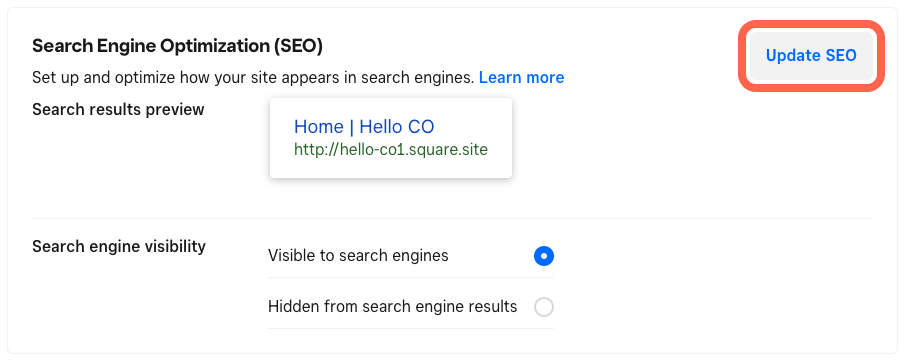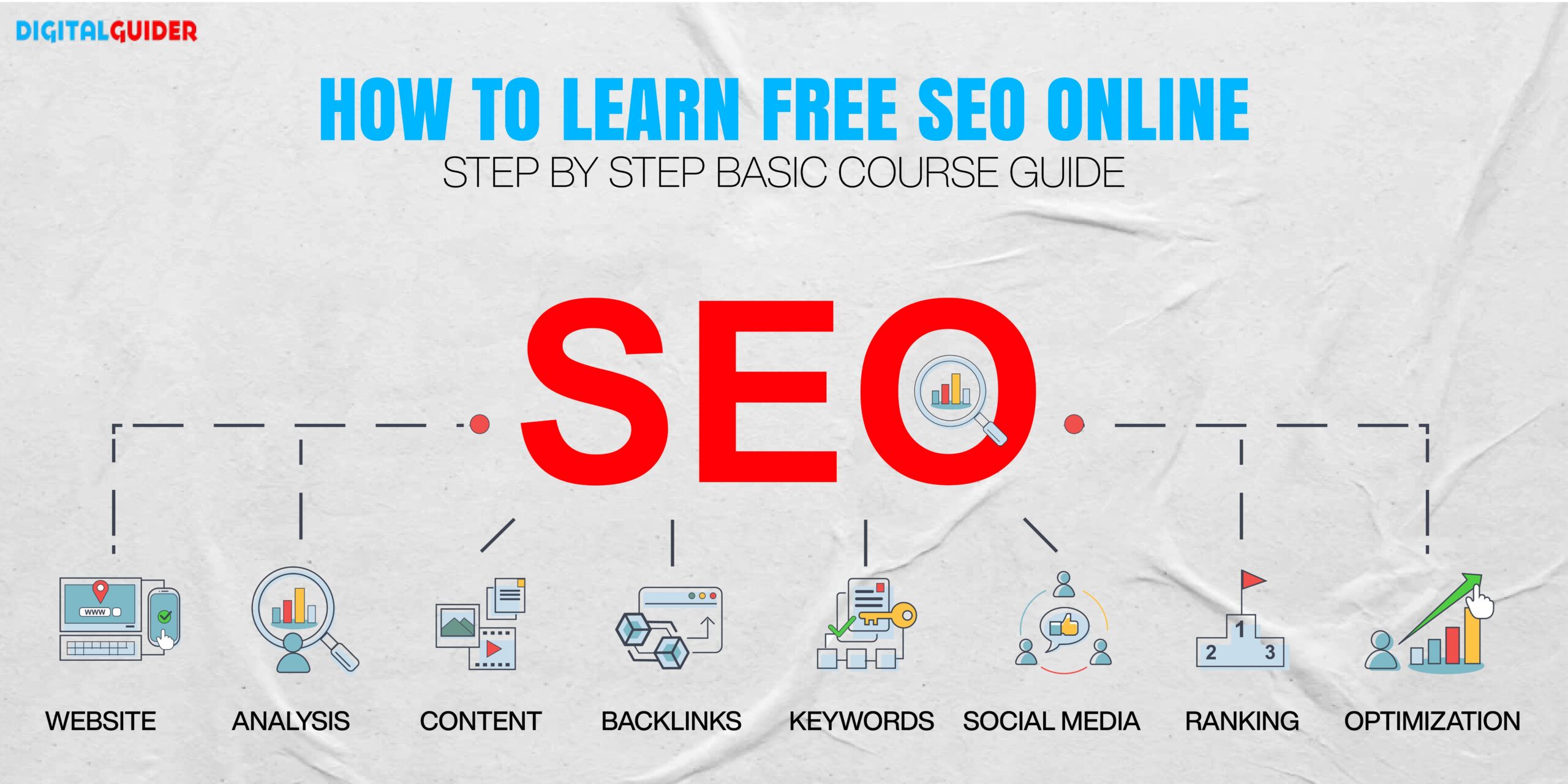Unveiling the Unconventional Mediums in Google Analytics Beyond Default Settings
In the realm of digital analytics, Google Analytics stands as a foundation for businesses seeking to understand their on-line visibility. By venturing past the surface and delving right into the details of social media information, e-mail project efficiency, recommendation web traffic sources, straight web traffic patterns, and custom-made channel collections, a treasure trove of details waits for those ready to embrace a more nuanced strategy.

Leveraging Social Network Insights
Occasionally forgotten, yet exceptionally valuable, is the method of leveraging social media sites insights within the world of Google Analytics. By integrating data from systems like Facebook, Twitter, Instagram, and LinkedIn into Google Analytics, businesses can acquire a much deeper understanding of their audience and the efficiency of their social media sites campaigns.
With this assimilation, online marketers can track and assess individual actions on their website that originates from social media sites systems. They can recognize which social media channels are driving one of the most traffic, which web content is reverberating with the audience, and which campaigns are converting one of the most leads. This understanding permits for data-driven decisions to optimize social networks methods and boost total marketing performance.
Additionally, by integrating social media understandings with Google Analytics, companies can create much more targeted and customized projects - what is not considered a default medium in google analytics. They can utilize market info, rate of interests, and on-line behaviors gathered from social networks to fine-tune their audience segmentation and deliver tailored messages that resonate with specific consumer teams. This targeted strategy can bring about greater involvement, raised conversions, and inevitably, boosted return on financial investment
Discovering Email Campaign Performance
Uncovering Email Project Efficiency includes examining crucial metrics and performance indications to evaluate the efficiency of email advertising and marketing efforts. When delving into e-mail campaign performance, it is important to evaluate metrics such as open rates, click-through prices, conversion rates, and unsubscribe rates. Open up rates indicate the percent of receivers who opened the e-mail, supplying insight into the performance of subject lines and sender names. Click-through rates measure the percent of recipients that clicked links within the e-mail, revealing engagement degrees. Conversion rates track the percentage of receivers who finished a preferred activity after clicking on a web link in the email, such as signing or making an acquisition up for a newsletter. Unsubscribe rates highlight the number of receivers who decided out of getting more e-mails, losing light on email material quality and importance. By evaluating these metrics, marketing professionals can fine-tune their email projects for far better engagement and performance.
Studying Referral Web Traffic Resources
After reviewing the efficiency of email campaigns through essential metrics such as open prices and conversion prices, the next critical step is evaluating reference web traffic resources in Google Analytics to recognize where internet site site visitors are originating from and how they interact with the site. Reference website traffic resources describe the internet sites that route customers to your website via clickable web links. By diving right into this information, businesses can acquire insights into which external platforms are driving traffic to their site, whether it be social media systems, companion internet sites, or on-line directory sites.
Evaluating recommendation web traffic can offer important information on the effectiveness of external advertising and marketing initiatives and partnerships. It aids organizations determine high-performing recommendation sources that add substantially to web site traffic and conversions. By recognizing the habits of visitors coming from various recommendation sources, organizations can customize their advertising and marketing strategies to enhance interaction and conversions. Google Analytics supplies comprehensive records on reference traffic, enabling services to track the performance of each reference source properly and make data-driven decisions to enhance their on-line existence.
Discovering Direct Web Traffic Patterns
Checking out the straight traffic patterns in Google Analytics supplies useful understandings right into user behavior and the efficiency of campaigns - what is not considered a default medium in google analytics. Straight web traffic describes site visitors that come down on a site by straight inputting the link right into their internet browser, making use of book marks, or clicking untagged web links. Recognizing straight website traffic patterns can aid online marketers evaluate the effect Full Article of offline marketing efforts, brand recognition, and the effectiveness of word-of-mouth referrals
By diving right into straight web traffic data, companies can discover crucial information about customer intent and brand commitment. Examining the habits of direct visitors, such as the web pages they see, the moment spent on site, and the conversion rate, can offer a deeper understanding of user involvement and the total efficiency of the site in converting site visitors into customers.
Moreover, tracking straight web traffic patterns over time enables services to determine trends, seasonality results, and the success of specific projects or promotions in driving straight sees. This info can then be made use of to fine-tune marketing strategies, optimize anchor site web content, and improve the overall customer experience to maximize conversions.
Making Use Of Customized Network Groupings
Using customized channel groups in Google Analytics permits services to categorize and examine their website web traffic based upon particular standards, offering beneficial insights for maximizing marketing methods. Custom network groupings allow firms to create their very own tailored groupings of web traffic resources, such as social media, natural search, e-mail campaigns, and recommendation website traffic. By specifying these collections, services can gain a deeper understanding of exactly how various marketing channels add to their web site web traffic and conversions.
This feature is especially beneficial for organizations with diverse advertising and marketing methods throughout various platforms. A business running both paid and organic social media campaigns can separate in between the 2 to examine their specific efficiency properly. In addition, personalized network groups can help identify any overlooked or ignored traffic sources that may be driving valuable engagement.
Conclusion

By venturing beyond the surface area and diving right into the intricacies of social media data, e-mail project performance, recommendation traffic sources, straight website traffic patterns, and customized network groups, a treasure trove of details awaits those eager to welcome a more nuanced method. They can recognize which social media channels are driving the most traffic, which content is resonating with the target market, and which projects are converting the most leads.After assessing the efficiency of e-mail projects through essential metrics such as open prices and conversion rates, the next critical step is evaluating recommendation website traffic resources in Google Analytics to understand where click here for more site visitors are coming from and how they communicate with the website. Personalized network groupings enable companies to produce their own personalized collections of web traffic resources, such as social media, natural search, email campaigns, and recommendation web traffic. By leveraging social media understandings, discovering e-mail project efficiency, examining recommendation web traffic resources, checking out direct web traffic patterns, and utilizing customized channel groupings, online marketers can acquire important insights into their online presence.